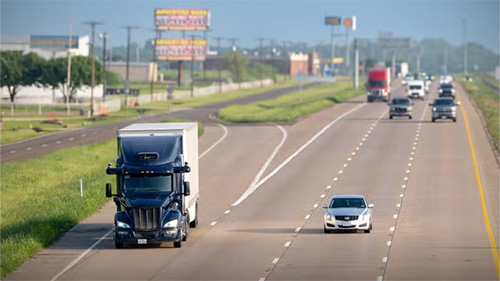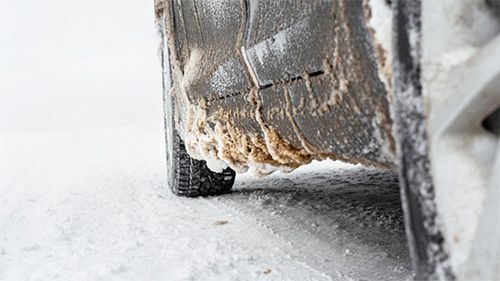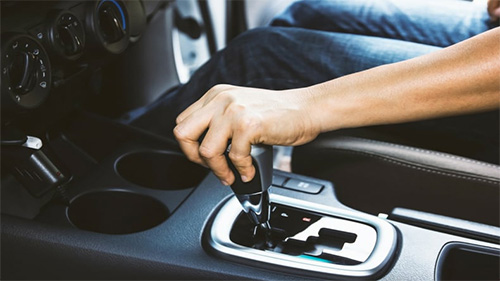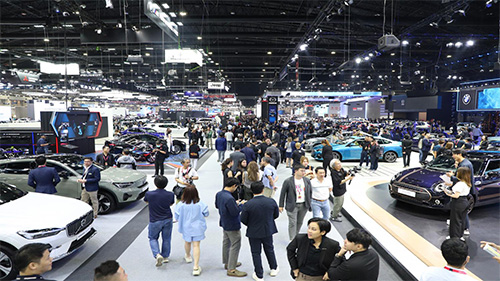Driverless Trucks Transforming Texas Highways

Imagine the constant pulse of highway lights and the hum of a smooth motor under a starry sky, but without a human driver. Driverless trucks are now commonplace in Texas' extensive transportation system, transporting cargo between Dallas and Houston. A new era in the development of automobiles has begun with Aurora Innovation's covert introduction of commercial runs transporting cargo on this vital route.
This 240 mile stretch is one of America’s busiest freight corridors, critical for everything from retail logistics to industrial supply chains. Aurora’s autonomous trucks traversing this route isn’t just a test—it’s a strategic deployment aimed at proving reliability, safety, and efficiency.
What Sets Aurora Apart
As the first firm in the United States to conduct a commercial driverless Class 8 truck route, Aurora completed over 1,200 miles without a safety driver on May 1, 2025, while operating a regular route between Dallas and Houston.
Aurora developed a comprehensive safety case for public-road deployment and released a detailed “Driverless Safety Report.” Its “Verifiable AI” framework ensures transparent validation of decision-making, with multiple backup systems for braking, steering, power, and sensing.
The company collaborates with major industry players—including Uber Freight, Hirschbach Motor Lines, PACCAR, Volvo, FedEx, Ryder, Continental, NVIDIA, Toyota, and more—to integrate its systems into existing fleets.
After launching its driverless service, Aurora declared that it will grow its routes to include Phoenix and El Paso and start operating at night and in inclement weather in the second half of 2025.
With over 3 million autonomous miles driven—including around 10,000 customer loads during supervised demos—Aurora has tested extensively, showcasing its ability to detect pedestrians, predict red lights, and avoid collisions.
Aurora Innovation’s recent deployment of driverless trucks between Dallas and Houston marks a dramatic shift in road safety standards. With a detailed safety case grounded in risk analysis and multiple redundancies—spanning braking, steering, sensing, and cybersecurity—the company has built a transparent foundation for public deployment. This meticulous engineering approach not only addresses routine highway challenges but also ensures that every system is backed up to prevent failure.
By removing the human element—fatigue, distraction, or impairment—Aurora’s autonomous rigs significantly reduce the most common causes of crashes. Comparisons with existing self-driving programs, such as robo-taxi pilots, show far fewer injury-causing and police-reported incidents per mile. Early data suggest that when an accident does occur, it tends to be minor, and almost never involves the autonomous system being clearly at fault.
That said, certain edge cases remain: rear-end scenarios during dawn or dusk, complex traffic merges, and emergency responses still require deep refinement. Additionally, legal ambiguities arise around responsibilities when no human is physically present—who places warning triangles, who’s liable in a crash? Regulatory frameworks must evolve alongside the technology.
Still, with the National Highway Traffic Safety Administration attributing over 90% of traffic fatalities to human error, Aurora’s model offers a clear path to dramatically lowering crash rates. As their trucks log more miles—and as engineers and policymakers address technical and legal gaps—the promise of safer roads becomes increasingly tangible. The company’s transparent, data-driven approach, along with demonstrated reductions in crash frequency and severity, suggests that this driverless freight revolution could herald a safer future for everyone on the highway.







